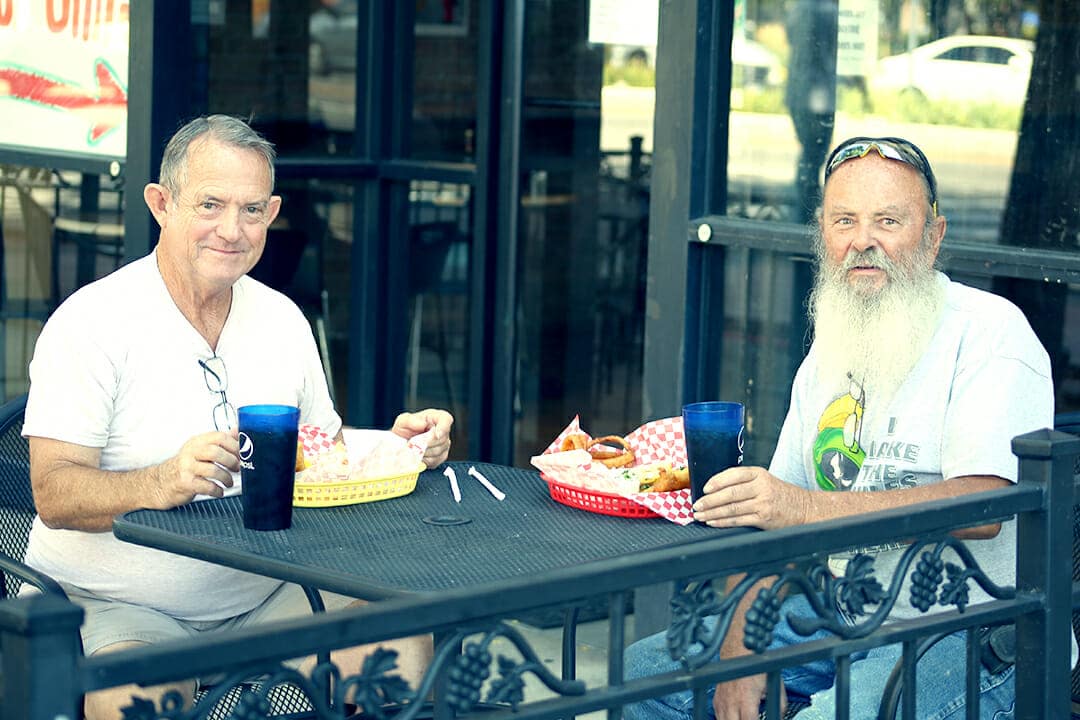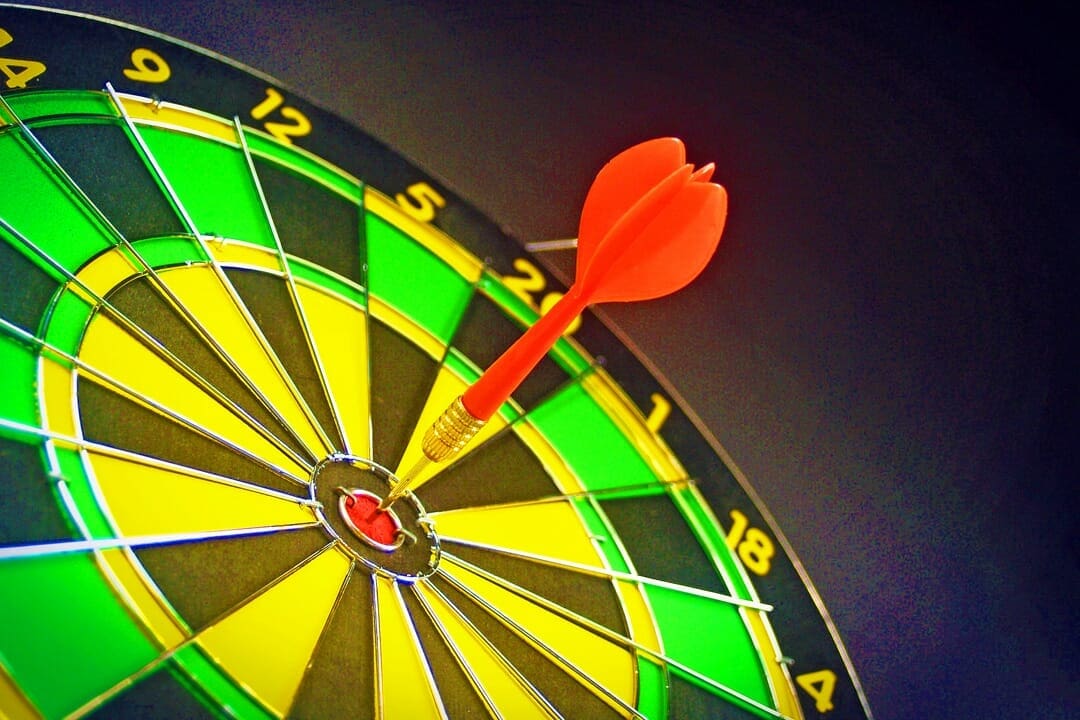
One night after dinner, I was hungry and edgy. My wife and daughter were asleep. I took out my favorite flavor of ice cream, Häagen-Dazs vanilla chocolate chip; I was craving it. On my leather chair in the den, I spooned the ice cream from the container to my mouth, forgoing a bowl. It tasted soothing. I intended to have one serving. By the second spoonful, I was lying to myself. Or perhaps the self-deception started earlier, when I’d purchased it at the deli. What was I thinking? That I’d eat a little bit this time, even though experience had shown I never stopped at one serving — especially when I was tired and stressed late at night.
After one serving, I kept going, blocking out what I knew — that eating an entire pint was dumb, doubling my daily caloric intake. I pretended that I wasn’t a little lactose intolerant, ignoring that I’d feel sick tomorrow. I forgot that in my 50s, I had to watch my weight or I’d get a middle-aged spread. None of it mattered; my brain had flown out the window.
I knew I should stop, but I’d ruined my diet for that day, so no further harm could be done, right? Faulty logic took over. I promised myself I’d eat less food the next day, exercising vigorously to burn off calories. I felt entitled to this ice cream. I’d had a hard day and a rough life! This was what I deserved, what I never got. The Greek dramatist Euripides paid homage to the hedonistic Dionysius, who felt life was nothing if pleasure was denied. I was stooping to intellectual justifications to maintain my commitment to this ice cream. I was in such denial I couldn’t tell the difference between reality and nonsensical rationalization.
I finished the whole container and fell asleep sated. The next morning I awoke sick with a food hangover. I weighed myself; I’d gained three pounds. I looked in the mirror and admitted my problem: I was addicted to Häagen-Dazs vanilla chocolate chip. At six feet tall and 168 pounds, my ice cream compulsion was not as obvious a problem as the smoking habit I’d given up. Nor was it considered as serious as abusing drugs or alcohol.
Still, I’d slipped into using a substance to calm and reward myself, to regulate my emotions. To stop eating the ice cream would have made me feel empty, anxious, depressed. I constantly advised addiction patients to “lead their least secretive life.” So I took my own advice. The next day I spoke to my wife and trusted friends about my food foibles and the emptiness underneath.
After September 11th, we’d sold our New York apartment, close to ground zero, which was damaged in the World Trade Center attacks. We relocated to Arkansas. It was the right decision for my family, but I had lingering hurt, and regret. While leaving the city I loved, I was also trying to mend a longtime estrangement with my mother. After 30 years of no contact, I’d sent her flowers and small tokens for her birthday and other holidays. After each gift, she sent a thank-you card to me at my father’s house, not to my home. Her warm responses represented movement, as if a glacier was thawing. She was 85, not healthy. After her next thank-you card, I planned to suggest we meet.
Mother’s Day, I sent her a basket of lotions and soaps, putting my home address on the card. No thank-you note sent to my father’s address. My plan had backfired or stalled. As a psychologist, I guessed that Mother’s Day was too intimate, since we’d been estranged so long. I feared including my home address had implicitly demanded acknowledgment of my home and my life. It evoked great sadness that my mother didn’t love me. So during this time, I’d reached for milk and sugar to settle me and put me to sleep.
A basically thin middle-aged man eating ice cream isn’t perilous. Yet look at what’s hiding below the surface of “hard” or “soft” addictions. Whether it’s dessert, Xanax, pot, or gambling, the habit is less important than the scary emotions underneath. Untreated addictions never get smaller. They get bigger, rarely going away by themselves. The void that substances replace can never be filled; it’s endless. A once-a-week habit can become daily or hourly.
Addicts in discomfort want to feel better. Yet a substance abuser needs so much to feel better that he’s using unhealthy substances to achieve that unsustainable goal. Substances succeed in self-medicating only for short periods. People think addicts are hedonistic pleasure-seekers. Yet most addicts don’t use to seek pleasure. They’re out to avoid terrible pain.
David Linden’s book “The Compass of Pleasure” argues addiction is rooted in the brain’s inability to experience pleasure. Variants in genes turn down the function of dopamine-signaling within the pleasure circuit. For people with these gene variants, their muted dopamine systems lead to blunted pleasure. While most people achieve a degree of pleasure with moderate indulgence, those with blunted dopamine systems are driven to overdo it. To get to that same set point of pleasure that others would get to with two drinks, an addict needs six drinks, or more. To quit an addiction, you have to get off the merry-go-round, acknowledge difficult emotions, letting your sadness tell its story.
A few months later, I went back to sending my mother flowers and more subtle gifts. She reverted back to sending thank-you notes to my father’s address. I admitted my emotions, feeling sadder, angrier, and more vulnerable. Yet I haven’t eaten more pints of ice cream since.
Dr. Frederick Woolverton and Susan Shapiro are co-authors of “Unhooked: How to Quit Anything.”
This article was first published in Brain World Magazine’s print edition.
More From Brain World
- (Finally) Changing Your Habits This Year
- In Love With Love: The Science of Love Addiction
- The Neuroscience of Taste: A Q&A With Psychologist Charles Spence
- Pleasing Your Brain: An Interview with Dr. Kent Berridge
- Why Are New Year’s Resolutions So Hard to Keep? (Here’s What You Can Do)
- Words Can Change Your Brain








